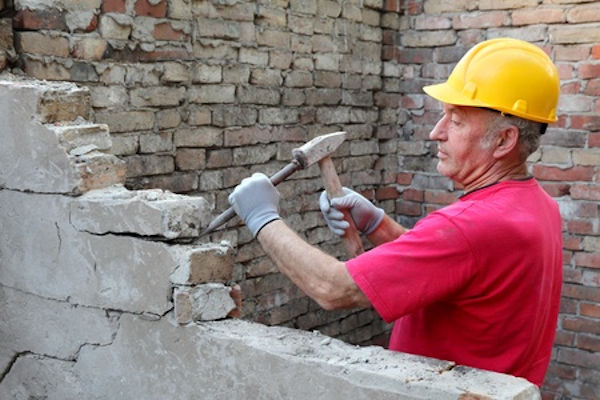Safe Work Practices
Safe work practices may be quite specific or general in their applicability. They may be a very important part of a single job procedure or applicable to many jobs in the workplace.
General safe work practices: These are common to most workplace and include:
- removing tripping, blocking, and slipping hazards
- using safe lifting techniques
- maintaining equipment and tools in good repair
- using personal protective equipment (PPE)
Specific safe work practices: Other safe work practices apply to specific jobs in the workplace and involve specific procedures for accomplishing a job. Examples of specific safe work procedures include:
- wetting down surfaces to keep toxic dust out of the air
- testing the air quality within a confined space
- placing chocks when parking a truck
- placing forks on the ground when the forklift is parked
To develop safe procedures, you conduct a job hazard analysis (JHA). If, during the JHA, you determine that a procedure presents hazards to the worker, you would decide that a training program is needed. We recommend using the JHA as a tool for training your workers in the new procedures. A training program may be essential if your employees are working with highly toxic substances or in dangerous situations.
Knowledge Check Choose the best answer for the question.
5-8. Which activity would be considered a specific safe work practice?
You forgot to answer the question!

